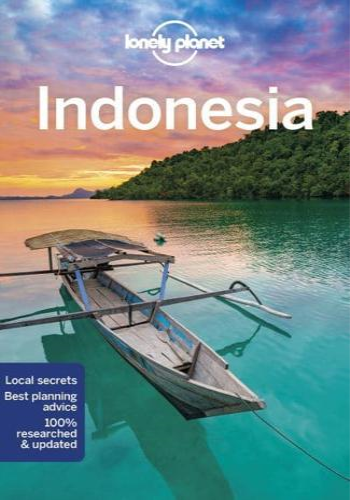This new, thoroughly updated 5th edition of Bradt's Faroe Islands remains the only English-language guide to this isolated, unspoiled archipelago, home to Tórshavn, the world's smallest capital, and where there are twice as many sheep as people. Bradt's Faroe Islands offers detailed information about all 18 islands and the breathtaking landscapes which never fail to inspire visitors, from the highest sea cliffs in Europe at Enniberg on the island of Viðoy to the dramatic seascapes at Akraberg, the southernmost point of the Faroes. There's hands-on information about where to stay and eat, how to get around - be it by local ferry, helicopter or your own hire car - and what to see and do. Also included are details of how to reach even the remotest corners by bus using a travel card, the latest information on falling seabird numbers in the North Atlantic, and details of where to go sea angling and horseriding. Suggestions for visiting the island of Suðuroy are detailed, plus there are updated reviews of all accommodation, eating and drinking options. Fourteen clear and easy-to-use maps are also featured. Written by expert author James Proctor, who has been visiting the Faroes since 1992, this latest edition includes all the most recent developments and provides all the information needed for a successful trip. Within the islands themselves, Bradt's Faroe Islands is recognised as the definitive source of information about the Faroes in the English language - and is widely respected as such. Whether you're visiting for the amazing birdlife, to walk some of Europe's least-known hiking trails or simply to sample real village life among the houses painted in a mêlée of reds, yellows and blues, Bradt's Faroe Islands is the perfect companion.







